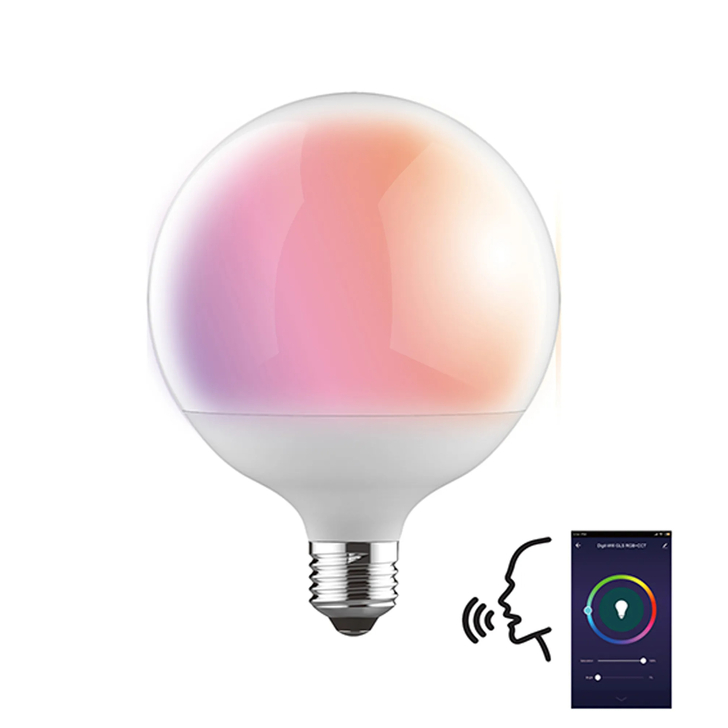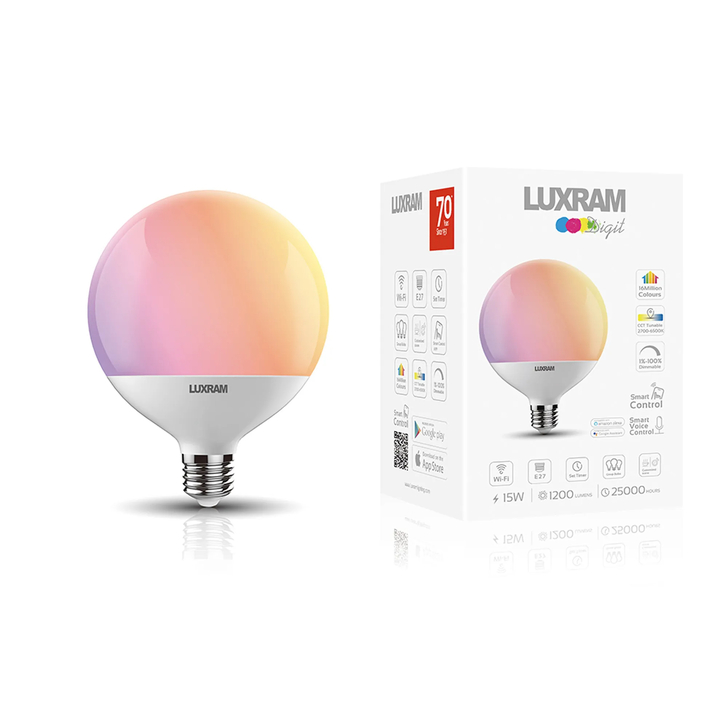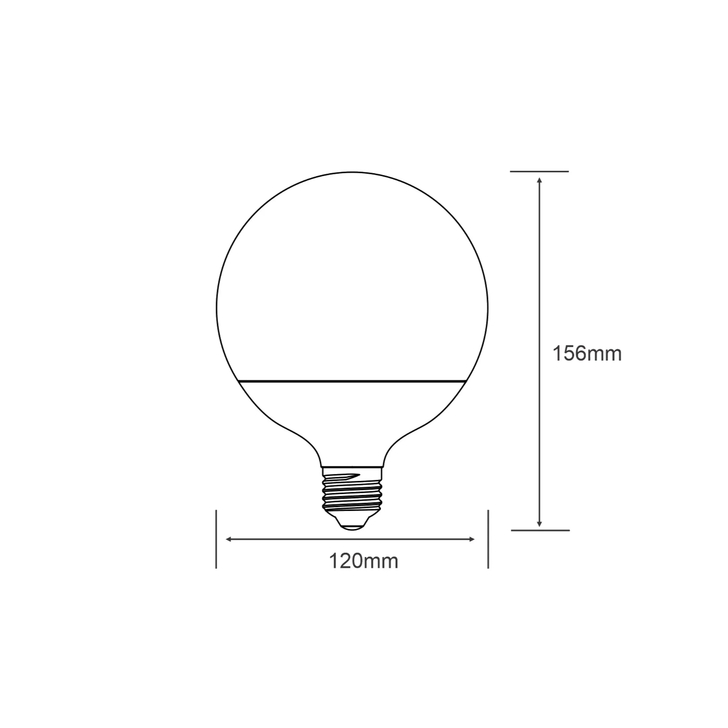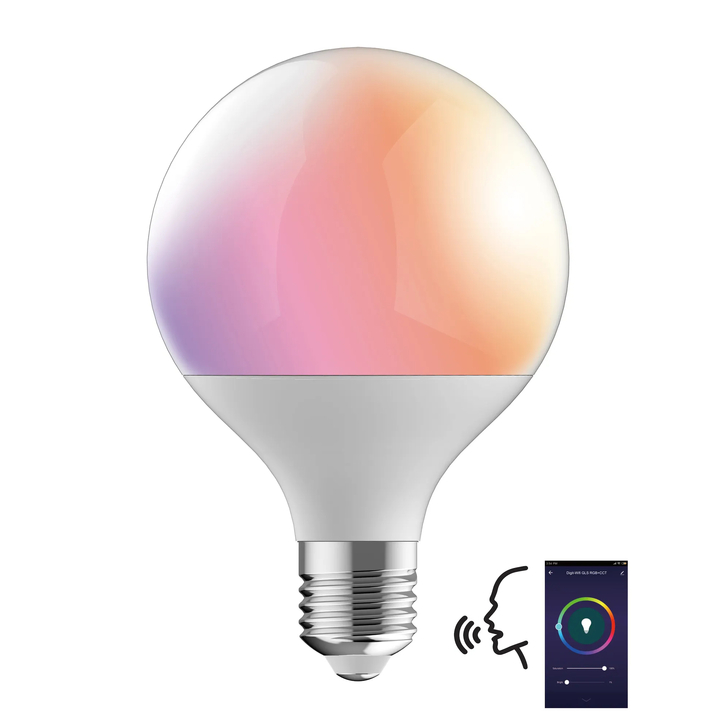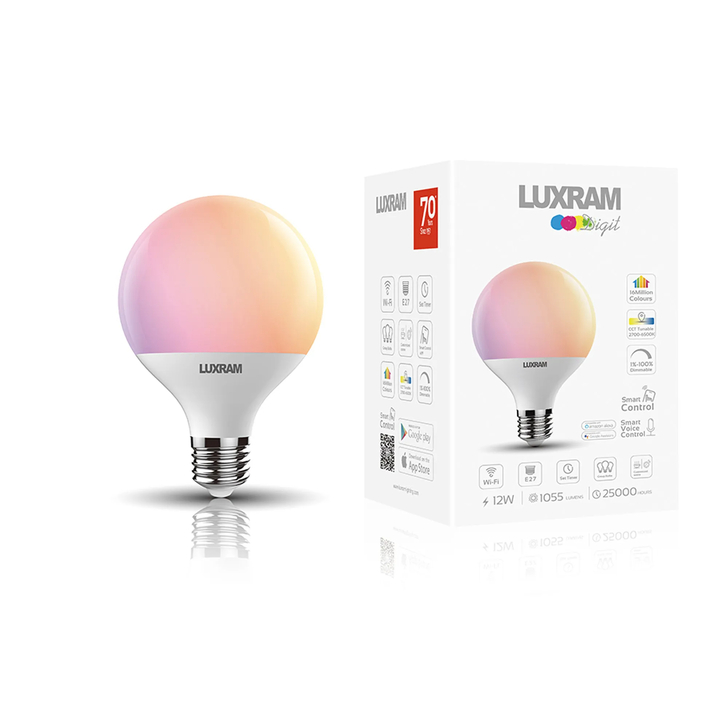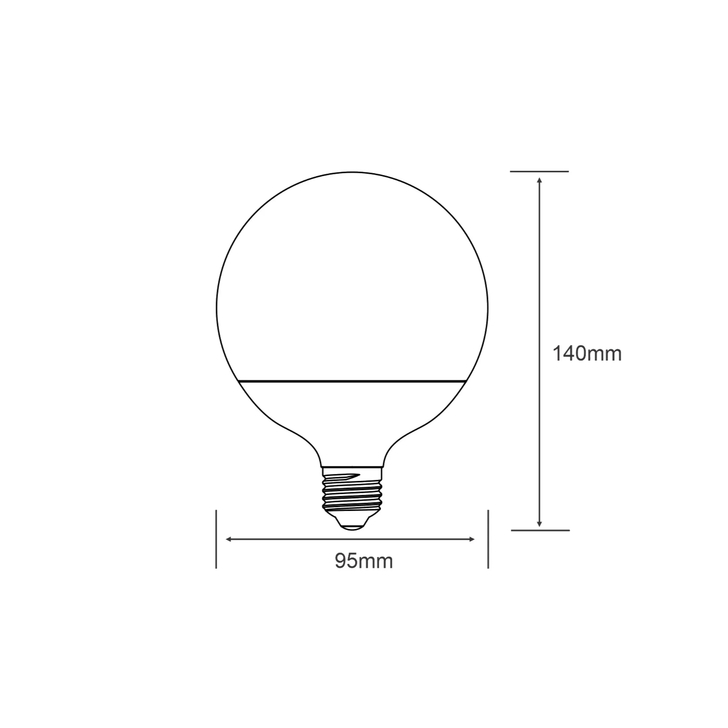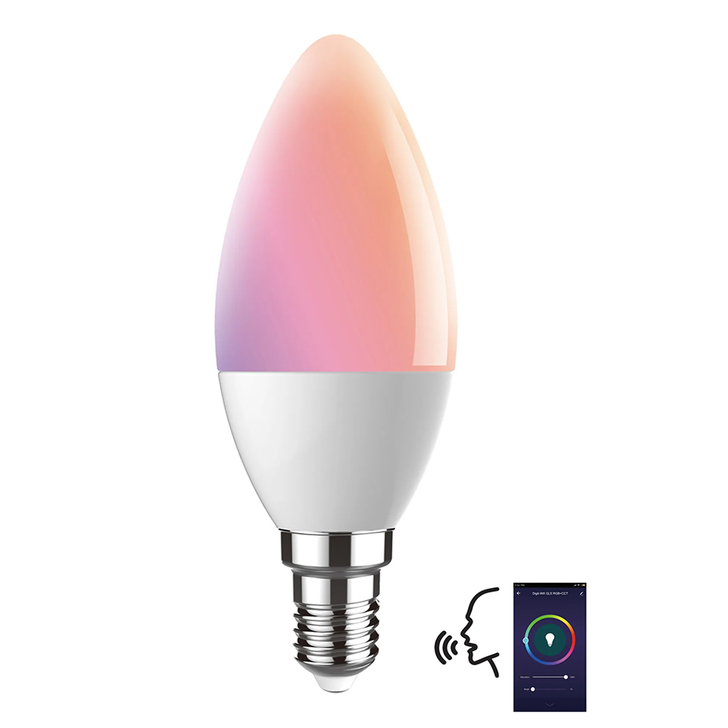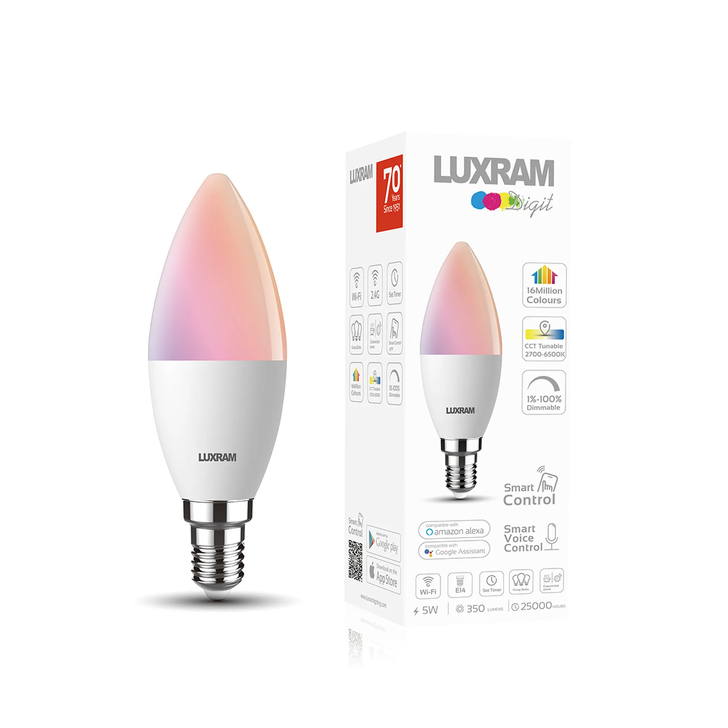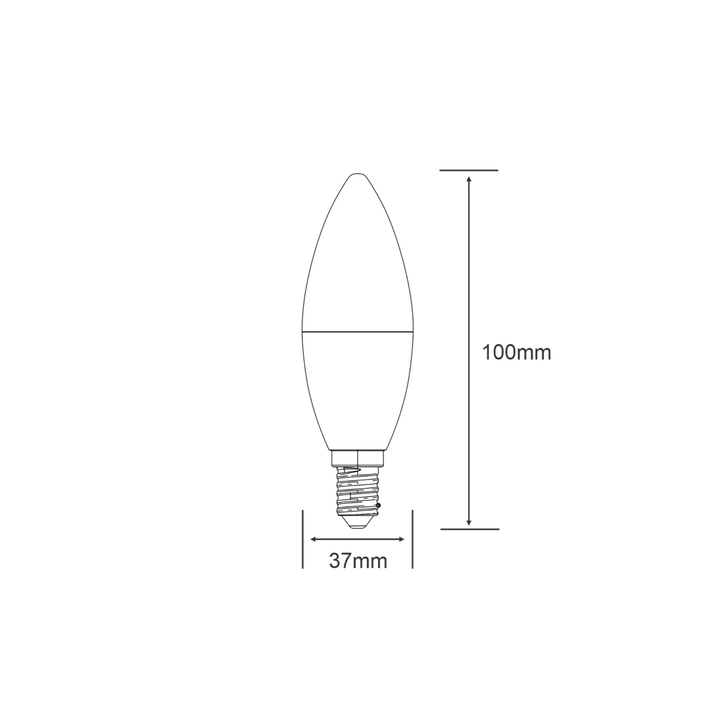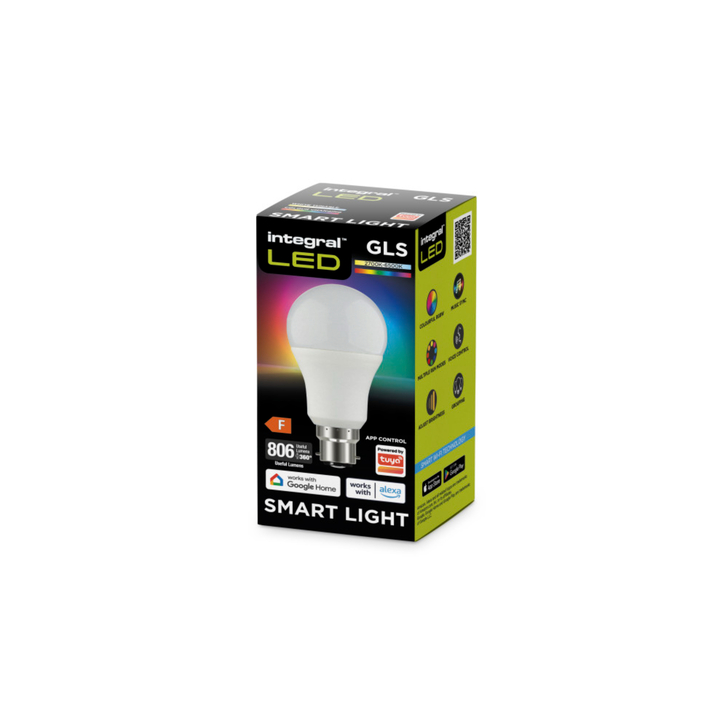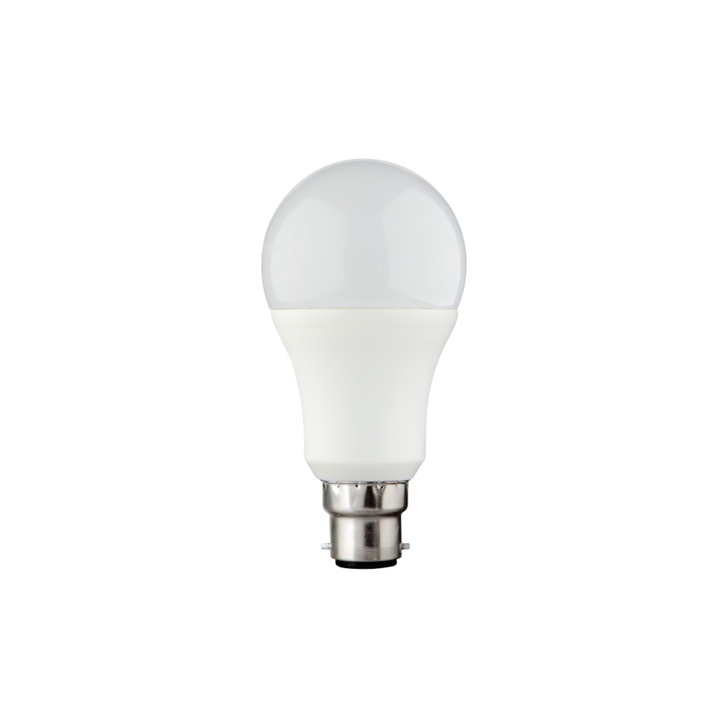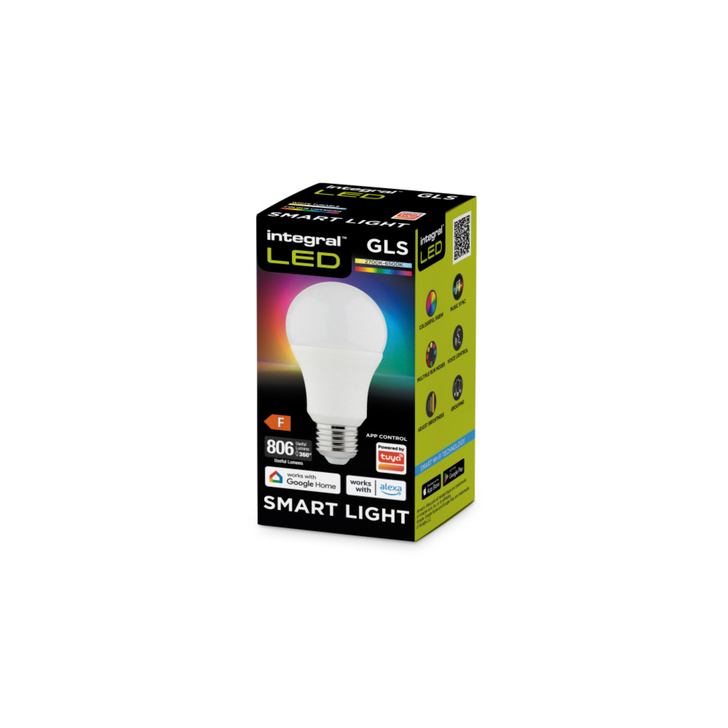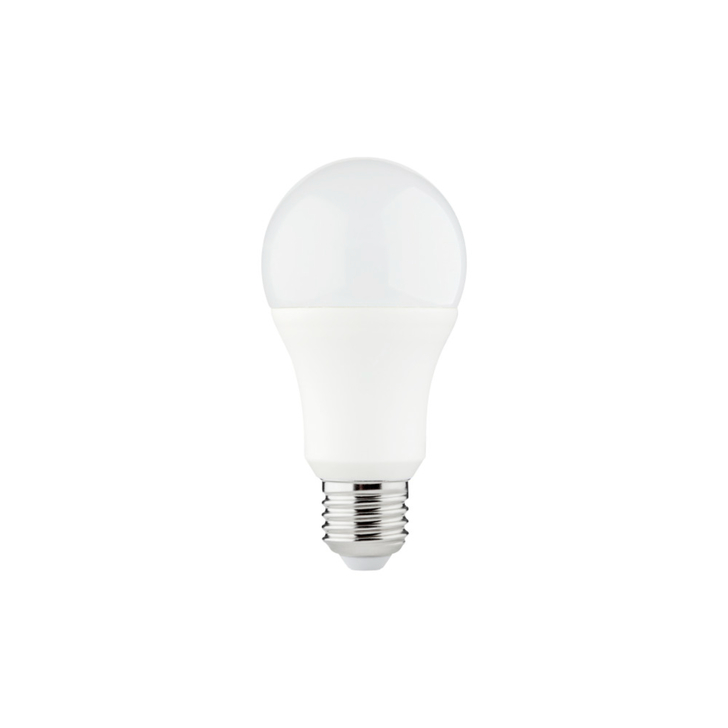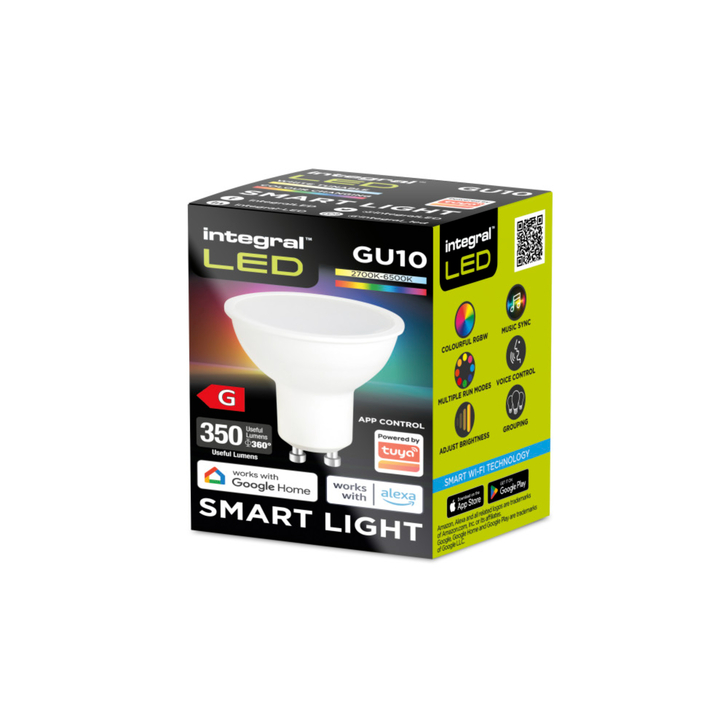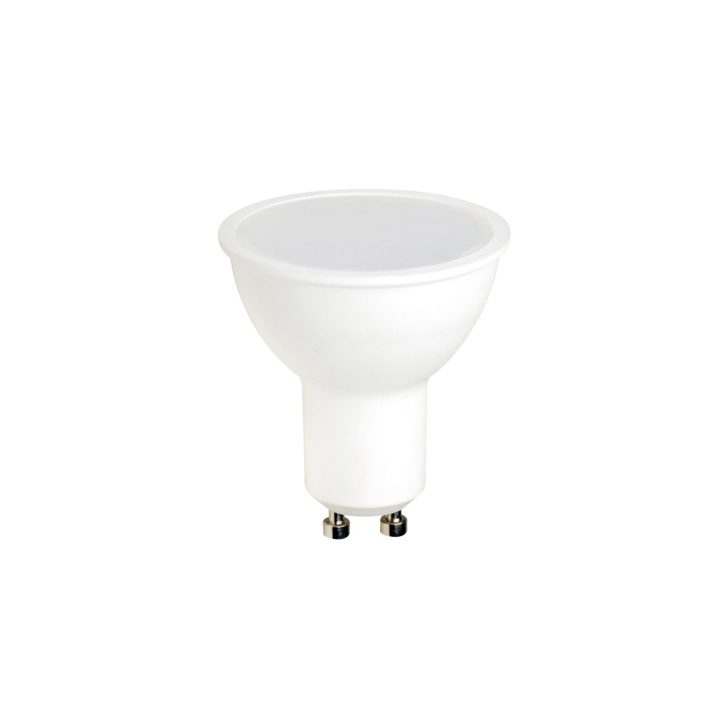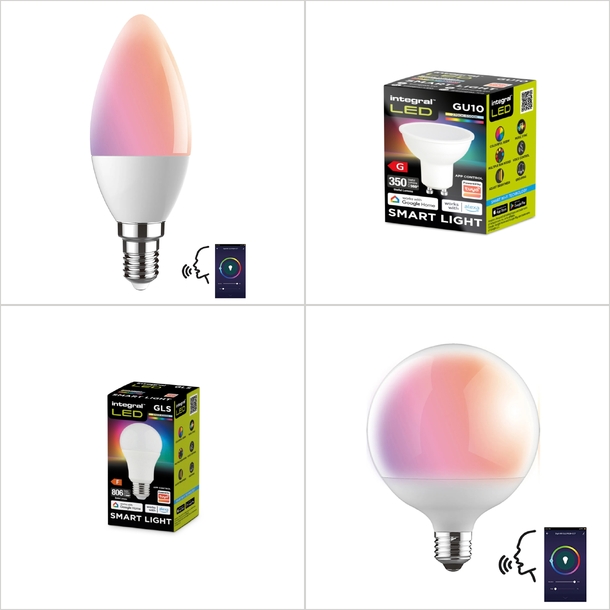Smart Light Bulbs: The Modern Way to Light Your Home
Smart light bulbs are energy-efficient LED lights that can be controlled remotely using a smartphone, voice assistant, or smart home system. They offer a high level of customization, automation, and convenience, making them a popular upgrade for modern homes.
How Do Smart Bulbs Work?
Smart bulbs connect to your home network via:
-
Wi-Fi – No hub needed; connects directly to your router.
-
Bluetooth – Connects to your phone within short range.
-
Zigbee or Z-Wave – Requires a smart hub (like Philips Hue Bridge or SmartThings).
Once connected, you can control them through an app or a smart home assistant like:
-
Amazon Alexa
-
Google Assistant
-
Apple HomeKit
Core Features of Smart Light Bulbs
-
Remote Control
-
Turn lights on/off from anywhere using a mobile app.
-
Perfect for travel, security, or convenience.
-
-
Voice Control
-
Use voice commands to control lights: "Alexa, turn off the bedroom lights."
-
-
Dimming
-
Adjust brightness without a physical dimmer switch.
-
-
Colour Changing (RGB Bulbs)
-
Choose from millions of colors or white tones.
-
Ideal for mood lighting, parties, or ambience.
-
-
Scheduling & Timers
-
Set lights to turn on/off at specific times.
-
Wake up gradually with simulated sunrise effects.
-
-
Scene Setting
-
Create presets like “Movie Night” or “Reading Mode” with specific brightness and color levels.
-
-
Automation & Integration
-
Pair with motion sensors, routines, or geofencing.
-
Automate lighting based on time, presence, or other smart devices.
-
Energy Efficiency and Longevity
-
Most smart bulbs are LED-based, using up to 80% less energy than incandescent bulbs.
-
Lifespan: 15,000–25,000 hours, reducing replacement costs.
Pros and Cons of Smart Light Bulbs
| Pros | Cons |
|---|---|
| Remote and voice control | More expensive than regular LEDs |
| Customizable colors and scenes | May need a hub (for Zigbee/Z-Wave) |
| Energy-efficient | Dependent on Wi-Fi reliability |
| App and automation features | Can be complex for non-tech users |
What to Look for When Buying Smart Bulbs
-
Compatibility: Does it work with Alexa, Google, or Apple HomeKit?
-
Connection Type: Wi-Fi (easy setup) vs. Zigbee/Z-Wave (more robust).
-
Color Options: RGB or white-only (tunable white vs. fixed).
-
Dimming Capabilities: Not all smart bulbs dim smoothly.
-
App Experience: User-friendly apps make a big difference.
-
Brand Reputation: Stick to reliable names like Philips Hue, TP-Link Kasa, LIFX, Sengled, or Wyze.
Popular Use Cases
-
Living Room: Scene settings, color changes for mood.
-
Bedroom: Gentle wake-up lights or sleep routines.
-
Kitchen: Bright task lighting during the day, dimmed at night.
-
Porch or Outdoors: Automated on/off for security.
-
Kids’ Rooms: Fun colors, nightlight modes.
Are Smart Bulbs Secure?
While most reputable brands build in encryption and regular firmware updates, you should:
-
Keep your router and devices updated.
-
Use strong passwords.
-
Avoid unknown brands or off-market apps.


